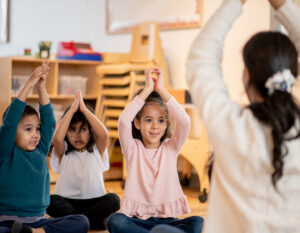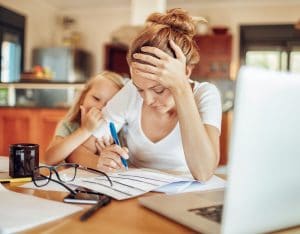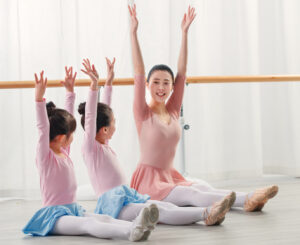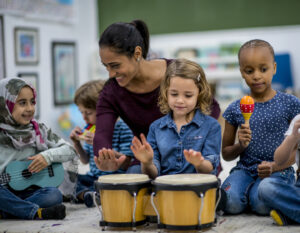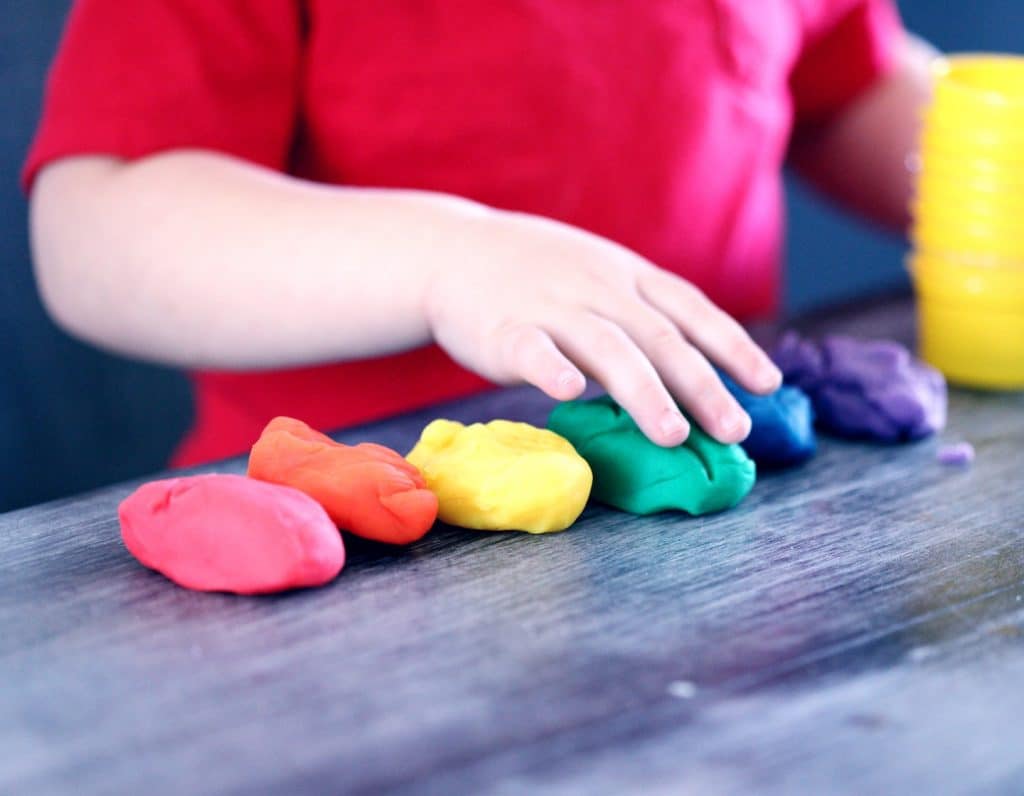
Get them flexing those little muscles.
Children are constantly acquiring new skills, and it is well documented in research that the first three years of life are the most vital for laying down the connections needed for key areas of development. A child’s motor development can be crudely split into gross motor and fine motor. Gross motor development consists of learning skills such as rolling, crawling, walking and running. In older children, it includes more complex skills like hopping, skipping and jumping jacks. Fine motor development includes learning to grasp and release objects, and to manipulate them. In older children, it includes completing tasks such as holding a pencil and using scissors with increasing precision. These skills are important for later skills such as handwriting.
We’ve listed what milestones you should watch out for in your little ones and how you can help them develop their fine motor skills. Most of these activities are suited to two to four-year-olds, but many can be adapted to suit both younger and older children.
Read more: The Best Educational Toys For Kids Of All Ages In Hong Kong
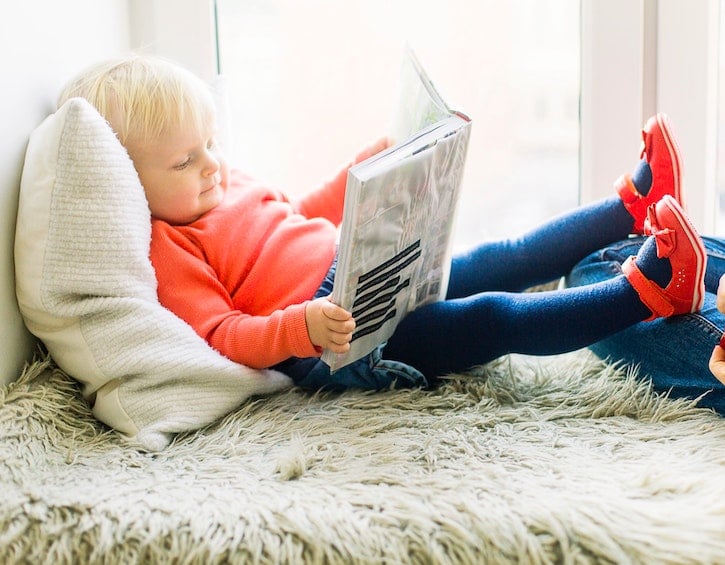
Fine Motor Development Milestones
By the age of two, your child is likely to be happily mobile and exploring their environment. Play is the best way for them to learn and develop, and should form the main bulk of their day. This can be structured (in the form of fun activities completed with an adult), or free play (where a child has toys or activities left for them to explore independently). Each day should include both.
At two years old, children should be demonstrating, or beginning to demonstrate, the following fine motor skills:
- Grasping, releasing and manipulating smaller objects
- Building a tower out of several blocks
- Beginning to snip at paper with scissors
- Starting to turn the pages of a book (likely with thicker pages, such as a board book)
- Grasping a pencil with a primitive grasp and starting to make scribbles on paper
- Using a spoon correctly to self feed
Note: Children will each develop at their own rate and may reach milestones at varying ages (read an occupational therapist’s guide to the different stages of grasp development here). If you have concerns about any areas of your child’s development, you should seek guidance from your paediatrician or visit a paediatric physiotherapist/occupational therapist.
Read more: The Stages Of Child Development And Signs To Watch Out For
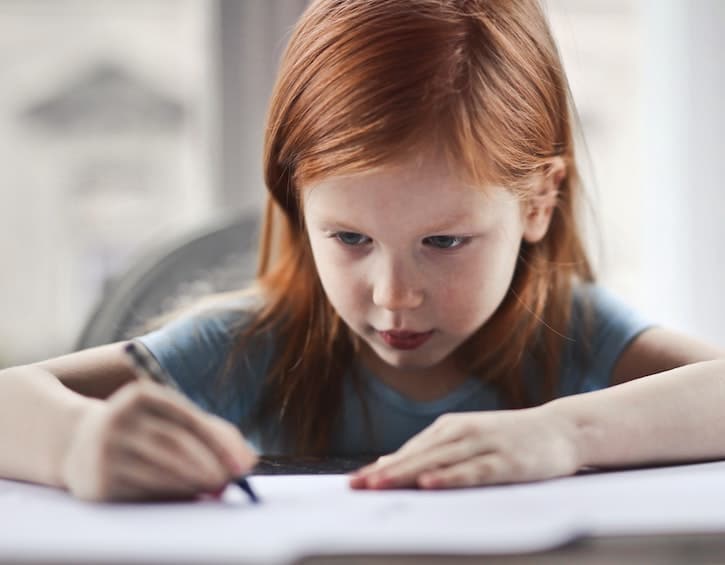
Activities To Develop Fine Motor Skills
1. Cooking
Cooking and food preparation involves many processes which are fantastic for your child’s development. Stirring, chopping, pouring, kneading, cutting out cookie shapes, unscrewing jars, taking lids off tubs, spreading icing on cookies or cakes – all of these will help with hand strength, coordination, manipulation of objects and using both hands together in tasks.
2. Simple Craft Activities
Craftwork helps with fine motor coordination, finger strength, planning and manipulation of objects, and encourages children to become familiar with different textures and sensations. Activities can include folding paper, cutting, sticking, colouring and painting (with a brush, fingers or hands). Positioning is important to maximise function and ability. If working at a table, children should be positioned according to the 90-90-90 principle – where they are seated with hips, knees and elbows each at 90 degrees. If not at a table, kids enjoy and benefit from playing in different positions, including standing, lying on their tummies while propped up on elbows or sitting cross-legged on the floor, as each position uses different muscle groups for stability and provides different sensory feedback.
3. Dressing Practice
Buttons, zips, toggles… There are so many different elements children must tackle when learning to dress themselves. Children can benefit from practicing these tricky tasks with the items laid out in front of them so that they can more easily see what is involved. Get your child to help button up clothes as they come out of the laundry, or ask them to unbutton a shirt laid out on the bed so that they can then put it on. You can also place your child’s clothes onto dolls or soft toys and encourage them to dress and undress them using the fastenings. Begin with larger buttons and zips with large tags on for easy grip.
4. Threading Beads
Large beads can be threaded onto a shoelace or thick string. This helps develop finger dexterity, manipulation of objects and accuracy with hand-eye coordination.
Read more: Extracurricular Activities And Classes In Hong Kong: From Toddlers To Teens
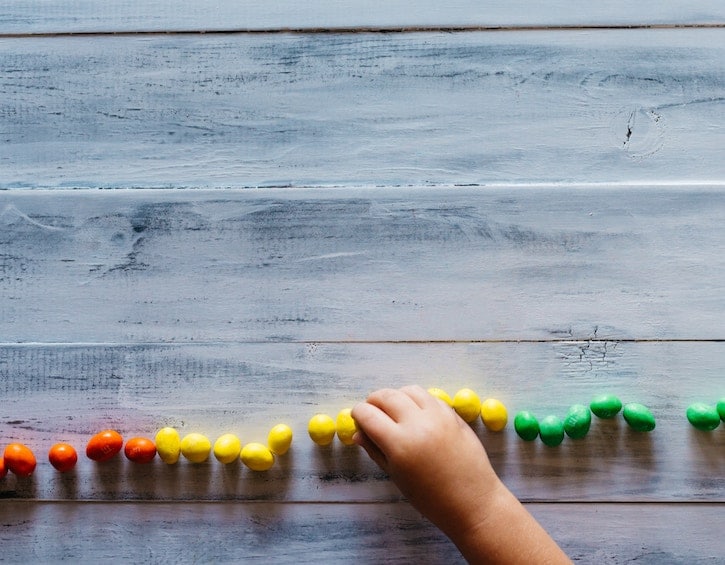
5. Lego® Or Duplo®
These are brilliant toys for kids as they are so versatile. Children can begin by learning to build towers and simple shapes, and progress to much more complex tasks that involve planning or following instructions to build a specific object. They can also use the bricks to help practice identifying and sorting by colour, shape and size. This helps develop fine motor control, hand strength, manipulation of objects and bilateral motor coordination.
6. Using Tongs/Tweezers
Plastic tongs or tweezers are a great way of helping children develop their grasp and precision in manual tasks, therefore perfecting their “pre-writing skills”. If you do not have suitable tongs or tweezers, clothes pegs also work well. Ask your child to pick up objects (cotton wool balls and small pom poms are great for this as they are lightweight) and move them from one pot to another. They can also learn to sort by colour. This sorting game from Lakeshore Learning is good as the tweezers are designed for the early stages of grasp development and are easy for younger children to use.
7. Sorting Objects By Size/Shape/Colour
Many activities can be adapted to sorting games. You can get your child to use their hands, or make it more complex by giving them an object (scoop, spoon, tweezers etc.) to pick things up with. This can be done with food items, beads, bricks, marbles, toy animals…the possibilities are endless. It helps children develop their hand and finger strength and dexterity, hand-eye coordination, and can also help with their bilateral motor skills if they are having to use both hands together for the task.
8. Playdough/Putty
Playdough is a great tool for children’s fine motor development. It can be rolled, squashed, pulled, ripped and cut. Children can use their hands or use tools to play with it (such as cookie cutters, scissors, rolling pins etc.). Playdough and putty are perfect for developing strength as they provide resistance when being manipulated. Children also develop hand-eye coordination and dexterity.
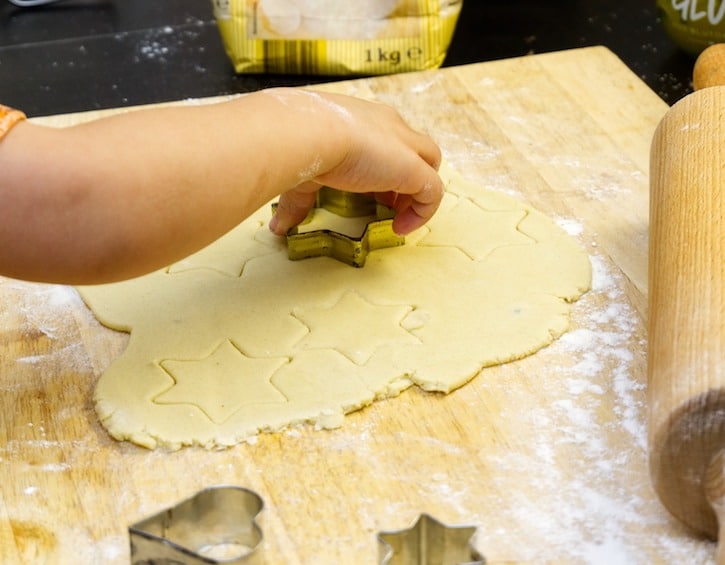
9. Placing Coins Through Slots
This task requires manipulation of objects, accuracy, hand-eye coordination, planning skills and bilateral motor skills (as children can use one hand to stabilise the box, whilst posting coins through with the other).
10. Bath Toys
There are lots of different types of toys that your child can use in the bath that help develop their fine motor skills. Pouring buckets of water helps with hand strength and dexterity. Children can work against the resistance of the water to push or pull toys under the surface. They can also use toys which need to be squeezed to squirt water to help with their finger and hand strength. You can re-use empty toiletry bottles for your child to squeeze or pump water. They can also help by squeezing out water and bubbles from their sponge or towel at the end of the bath.
 View All
View All











 View All
View All


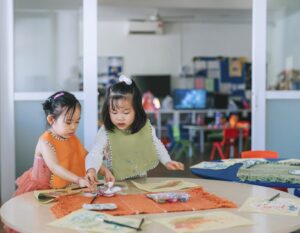


 View All
View All


 View All
View All







